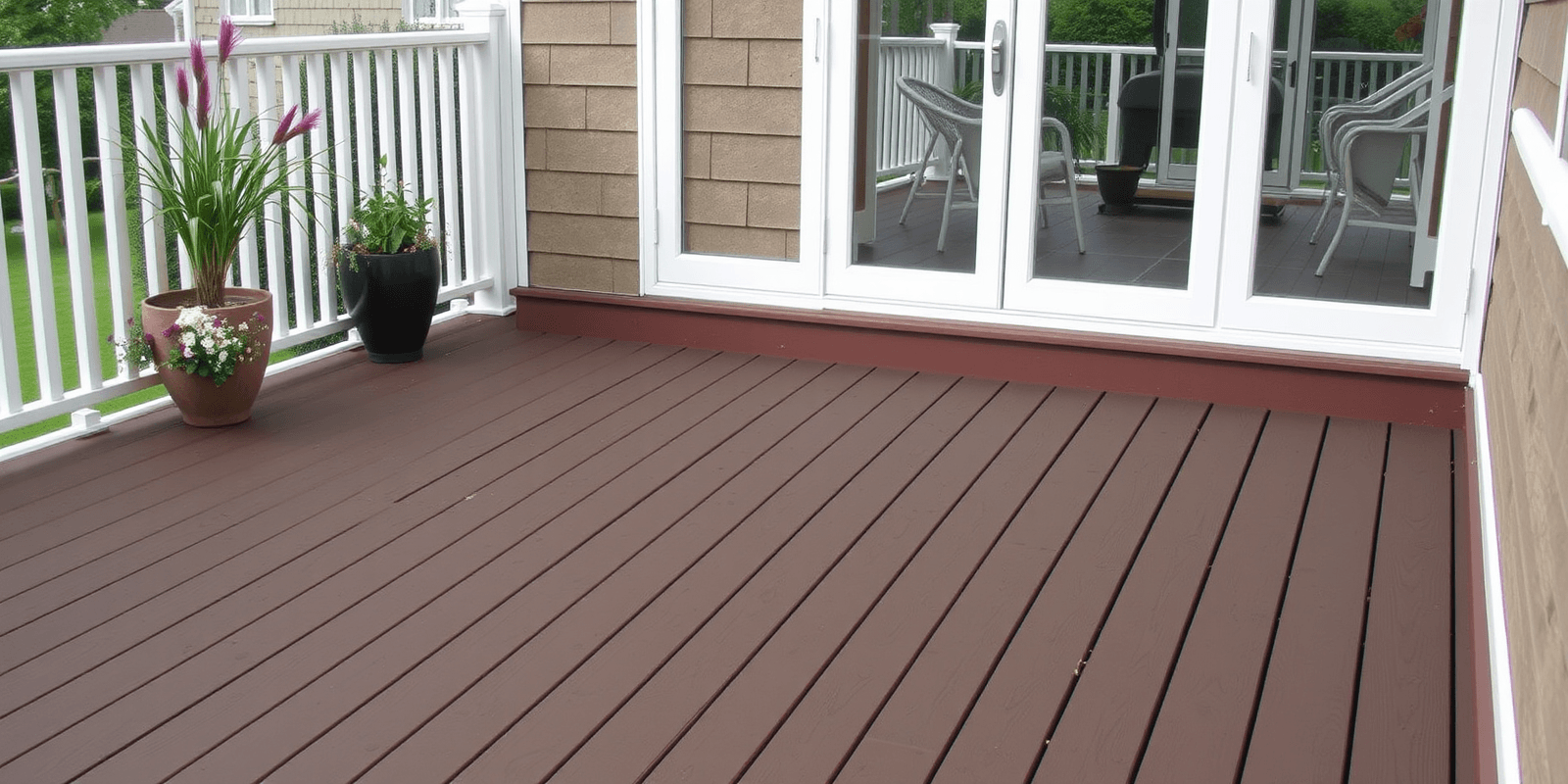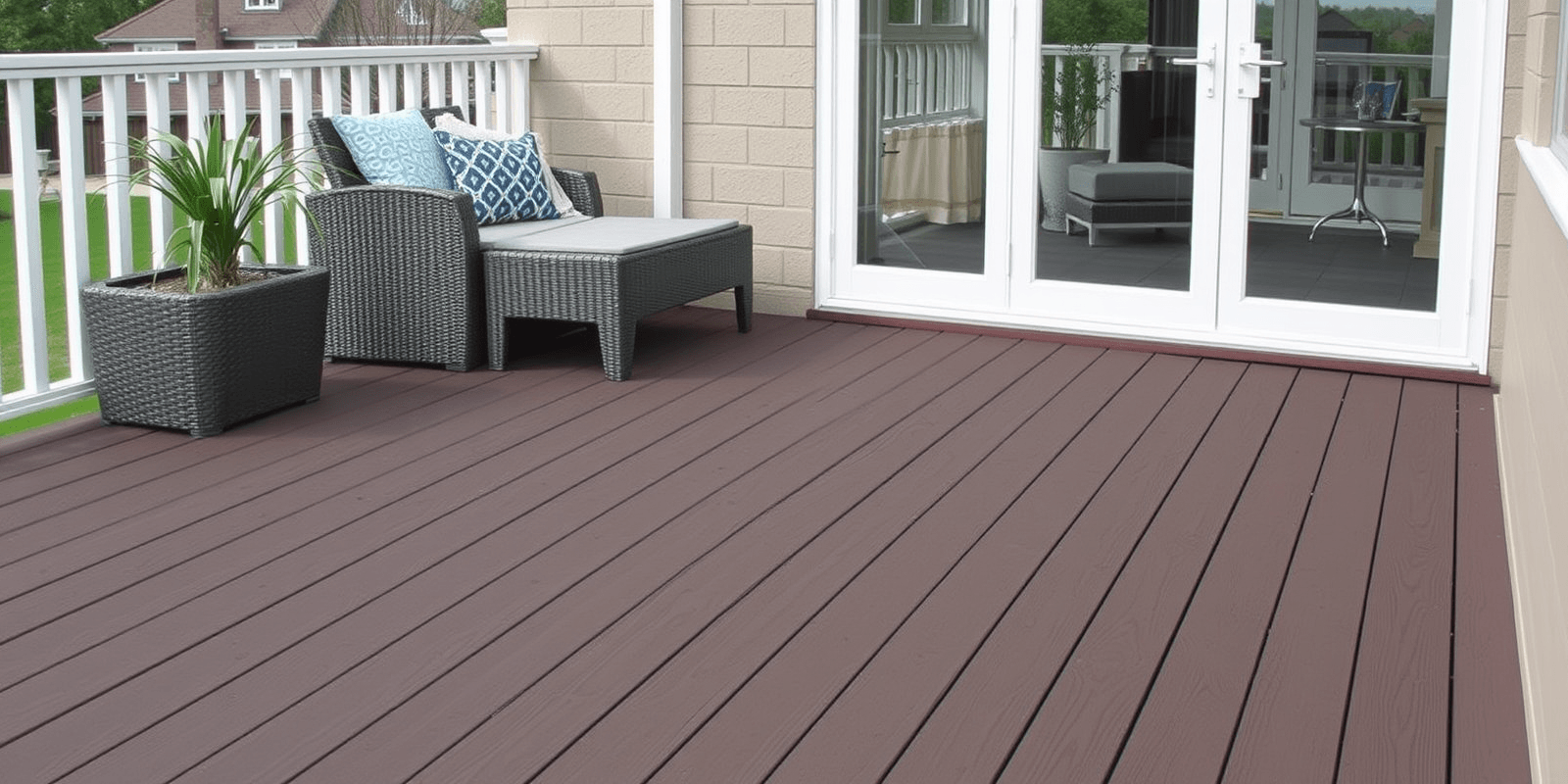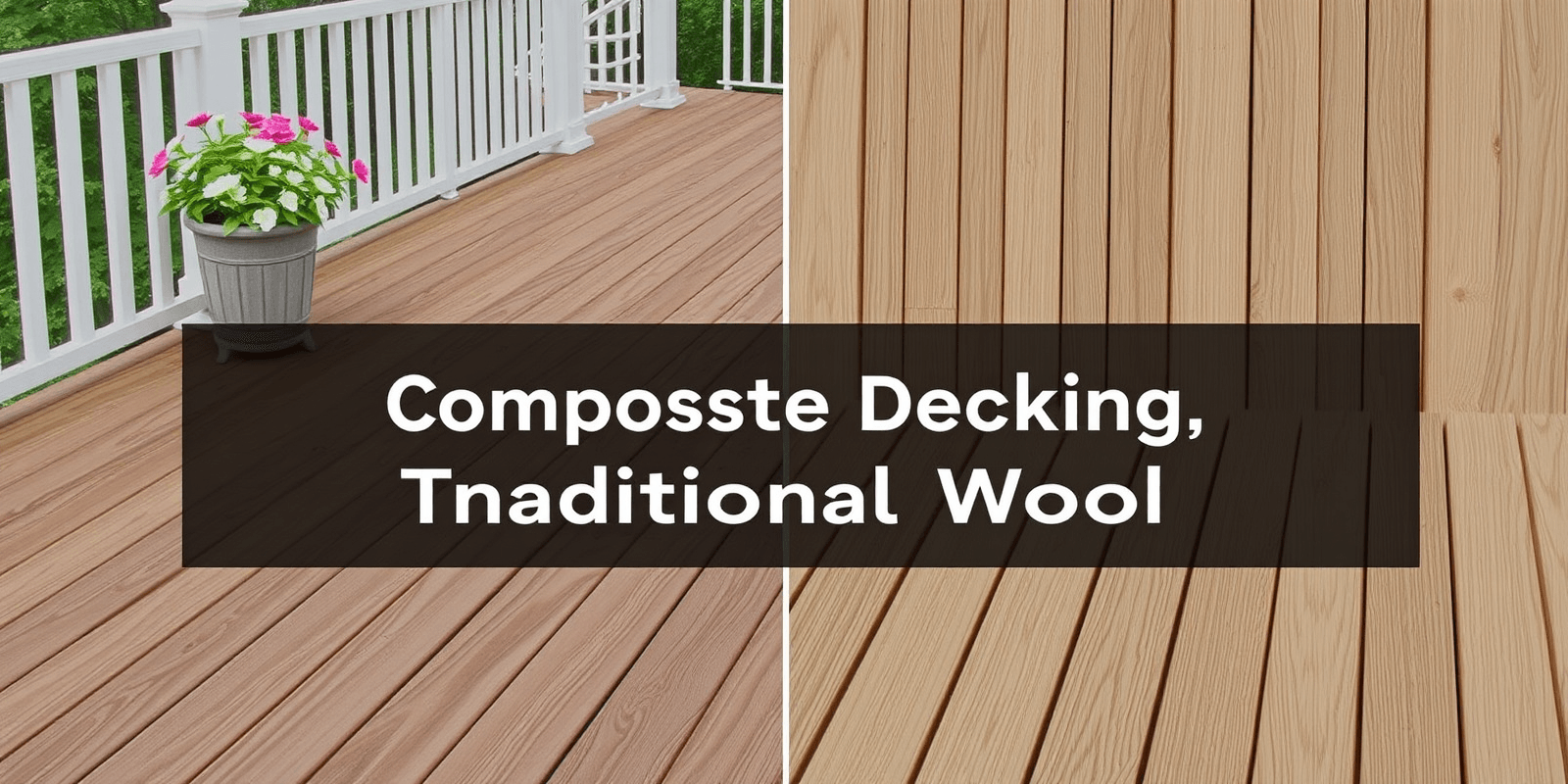decking boards composite
Introduction
Decking boards composite is a modern alternative to traditional wooden decking boards. These boards are made from a combination of recycled plastic and wood fibers, which provides numerous advantages over natural wood in terms of durability, maintenance, and aesthetic appeal. In this article, we will explore the various benefits of composite decking boards and provide practical tips for installing them.
The Benefits of Composite Decking Boards
Composite decking boards offer several key benefits that make them an attractive option for homeowners looking to build or replace their deck. Firstly, they are highly durable and resistant to rot and insect damage. Unlike natural wood, which can decay over time due to exposure to moisture and pests, composite materials are engineered to withstand harsh weather conditions and resist these common threats. This means that your composite deck will last longer and require less frequent repairs or replacements.
Additionally, composite decking boards require significantly less maintenance than traditional wood decks. While natural wood decks need regular sealing and staining to maintain their appearance and protect against the elements, composite materials do not require such treatments. They can be easily cleaned with soap and water, making them an ideal choice for busy homeowners who want a low-maintenance outdoor living space.
Installation Tips
Installing composite decking boards is similar to working with traditional wood, but there are some important differences to keep in mind. Proper spacing between boards is crucial for allowing water to drain away from the deck surface, which helps prevent warping and cracking. Typically, you should leave a gap of about 1/8 inch between each board to allow for expansion and contraction due to temperature changes.
To install composite decking boards, you will need a few essential tools, including a circular saw, drill, screws, and a deck fastening system. When choosing screws, it’s best to use composite-specific screws, which are designed to blend in with the material and minimize visible hardware. Additionally, consider using hidden fasteners or clips for a cleaner look, as these methods help reduce the visibility of screws and create a smooth surface.
When finishing touches are considered, sealing and staining are not necessary for composite decks, but adding a coat of sealer can enhance their appearance and provide additional protection. It’s also important to ensure that your deck is properly supported by following local building codes and guidelines. Consulting with a professional contractor can help ensure that your composite deck is installed correctly and safely.
Conclusion
In conclusion, composite decking boards offer a compelling alternative to traditional wood for creating beautiful and functional outdoor spaces. Their durability, resistance to rot and insects, and low maintenance requirements make them an excellent choice for homeowners seeking a long-lasting and easy-to-care-for deck. By following proper installation techniques and using the right tools, you can create a stunning composite deck that will provide years of enjoyment.



